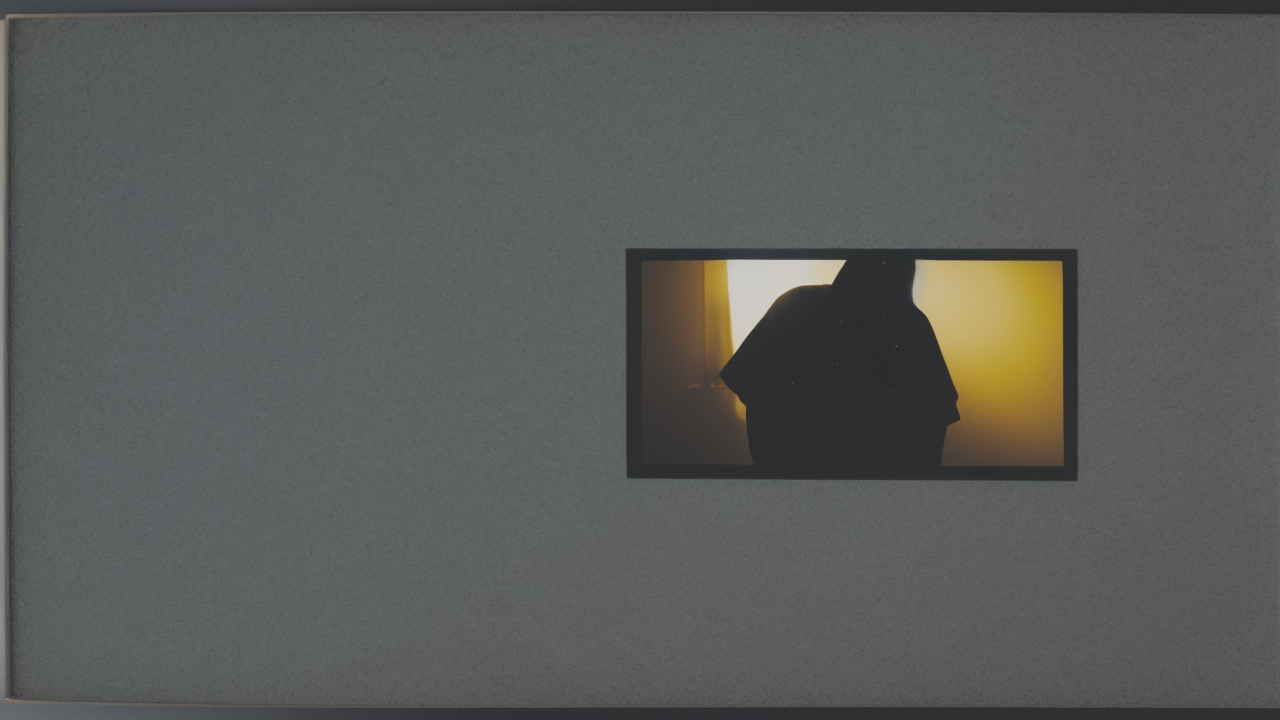
Minimalist Drawings Meet Abstract Shape Art: Exploring American Artistic Trends
Understanding the Intersection of Nawabi Art and Minimalism
The Historical Significance of Nawabi Art
Nawabi art is a rich part of Indian history. It came from the royal courts of the 18th and 19th centuries. The Nawabs were rulers who loved luxury and beauty. Their art shows this love in many ways.

Nawabi art often has:
- Detailed patterns
- Bright, bold colors
- Gold and silver decorations
- Stories from royal life
These artworks were more than just pretty things. They showed power and wealth. Today, we value Nawabi art for its beauty and history. It helps us understand a special time in India's past.
Minimalism: A Modern Aesthetic Approach
Minimalism is a newer art style. It started in the 20th century. This style is all about keeping things simple. It focuses on what's most important in design. Minimalism is popular in art, homes, and even in how people live.
Key ideas in minimalism include:
- Clean, straight lines
- Lots of empty space
- Few colors, often neutral
- Focus on what's useful
Minimalist art often uses basic shapes. It tries to create a calm feeling. Many people like minimalism because it makes spaces feel bigger and more peaceful. It helps reduce visual clutter in our busy world.
Implementing Nawabi Elements in Minimalist Design
Combining Traditional Nawabi Motifs with Modern Minimalism
Mixing Nawabi art with minimalism creates something new and exciting. It brings together old and new styles. This mix can make beautiful wall art for modern homes. The key is to use Nawabi elements carefully in a simple setting.

Here are ways to blend these styles:
- Use one Nawabi pattern as the main focus
- Make complex Nawabi designs simpler
- Add small touches of Nawabi colors to plain backgrounds
- Put Nawabi-inspired shapes in minimalist layouts
This blend lets you show culture in a modern way. It adds depth to simple designs. The result is wall art that honors history while fitting in modern homes. It's a great way to make a room more interesting.
Case Studies: Nawabi Meets Minimalism in Home Decor
Many designers have done great things with Nawabi and minimalist styles. One example is a living room with a big, simple canvas. It has just one Nawabi flower in black on a white background. This piece stands out without being too much.
Another case is a bedroom with framed Nawabi-style writing. The writing is gold on white paper. The frames are thin and black, keeping things simple. These examples show how the two styles can work together to make rooms look great.
Best Practices for Nawabi-Inspired Minimalist Art
Selecting the Right Palette and Materials
Choosing colors and materials is very important for Nawabi-inspired minimalist art. You want to honor Nawabi traditions while keeping a modern look. The right colors can help you do this.

Think about these color choices:
- Neutral base colors like white, beige, or light gray
- Small bits of rich Nawabi colors like deep red or gold
- Black and white for a bold, modern look
For materials, consider options that work for both styles:
- Canvas for big, simple designs
- Metal for sleek, modern frames
- Nice paper for detailed patterns
The right mix of colors and materials will make your art look good. It should feel both old and new at the same time. This balance is key to making great Nawabi-inspired minimalist art.
Balancing Cultural Heritage with Contemporary Aesthetics
Creating Nawabi-inspired minimalist wall art needs careful thought. It's important to respect Nawabi culture while using modern design ideas. This balance makes sure the art looks good and means something special.
Here are some tips to get this balance right:
- Pick one or two Nawabi elements to focus on
- Make complex patterns simpler, but keep their spirit
- Use empty space to make Nawabi elements stand out more
- Use modern ways to frame or show the art
Remember, you're not trying to copy old Nawabi art exactly. You're making something new that honors the past. This approach leads to wall art that is both culturally rich and modern.
By following these ideas, you can make beautiful wall art. This art will mix Nawabi style with minimalist design. It will make modern American homes look more interesting. At the same time, it will celebrate different cultures in a nice way.


